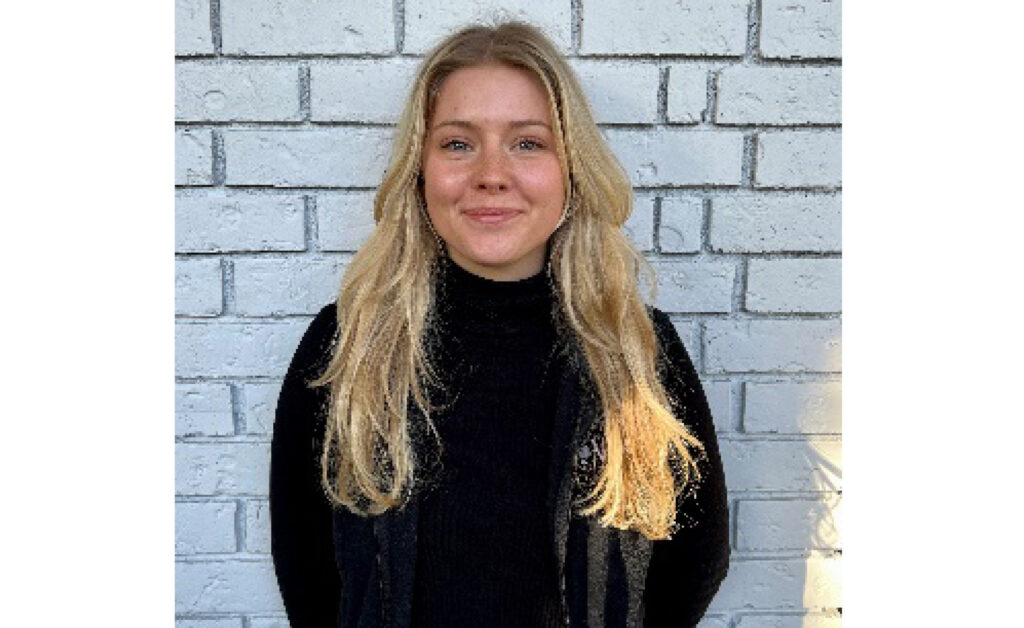by Jordan Parker, Education Coordinator, Victoria Brain Injury Society –
Ever heard the expression of a person having their “bell rung”? Oftentimes this phrase has been used to describe an injury that should never be taken lightly. If you imagine the ringing of a bell, the clapper strikes the sides of the bell creating noise. Essentially, a concussion’s mechanism is similar: a direct trauma to the body, neck or head causes our brain to bounce off the inside of our skull. A person can be affected in physical, cognitive, emotional and social ways.
A concussion, also referred to as a traumatic brain injury (TBI), can present differently for everyone, dependent on the injury and the individual. At times we can observe signs of a TBI through changes in mood, behaviour or personality, issues with memory surrounding an event, slowed responses and confusion. Other symptoms like headaches or “pressure” in the head, balance problems, dizziness, double or blurred vision, sensitivity to light and noise, feeling hazy, foggy, or groggy and just not “feeling right” are more invisible to the outside world.
After experiencing a concussion, it is important to seek help from a medical professional to develop a recovery plan. Recovery is not linear and takes time; people usually feel better in a couple of weeks, but it is also common for symptoms to last longer. Recovery has two components: cognitive and physical rest combined with a gradual return to life activities.
Cognitive rest refers to resting our brain, which can be difficult since we use it for everything we do! This type of rest includes avoiding activities that involve screens, reading, work, driving, intense emotions and major decision making. Physical rest involves avoiding activities that tax our bodies including exercise, heavy lifting and sports. In this situation our body first and foremost needs sleep to heal! Stretching, light yoga, mindfulness, audiobooks and podcasts can be incorporated in the resting phase of recovery.
The first one to three days post injury focus primarily on cognitive and physical rest. Once the individual can go a day without experiencing unmanageable symptoms, they can start working back to daily activities. Begin with light physical and cognitive activity for short bouts of time (20 to 30 minutes). Increase the level of activity gradually if symptoms are manageable. If symptoms are not manageable, stay at that level or return to the level where they were manageable. In returning to school or work, it can be helpful to monitor any symptoms you have and what triggered them. When the symptoms become unmanageable it is important to allow your brain to rest.
Currently, the Victoria Brain Injury Society has a peer support concussion group hosted weekly and a education program for youth called Student Head Injury Neuro Education. The SHINE program provides education to youth about the brain, brain injury and recovery. Looking for more information, support, or education on brain injury? Visit www.vbis.ca.




